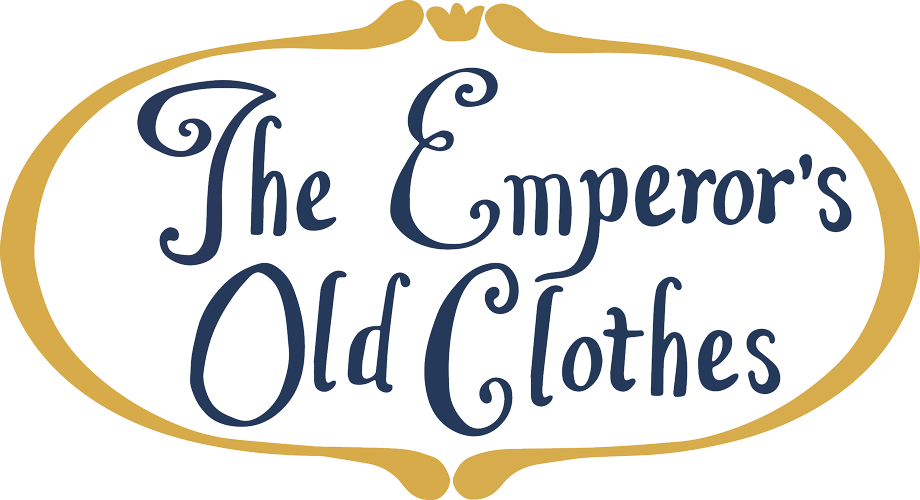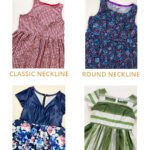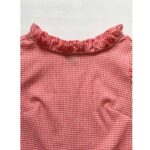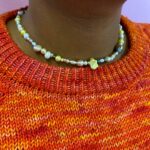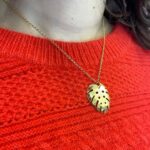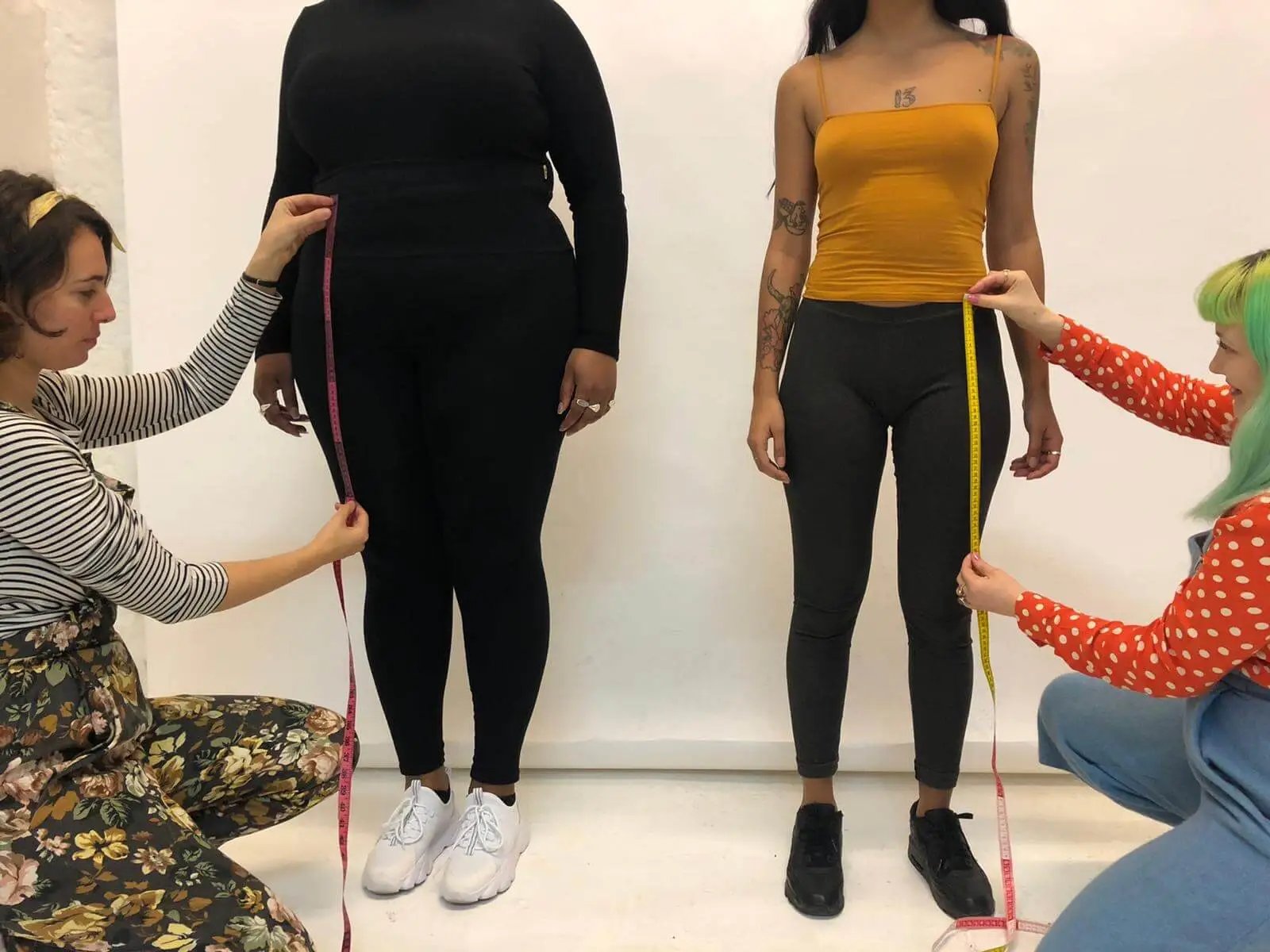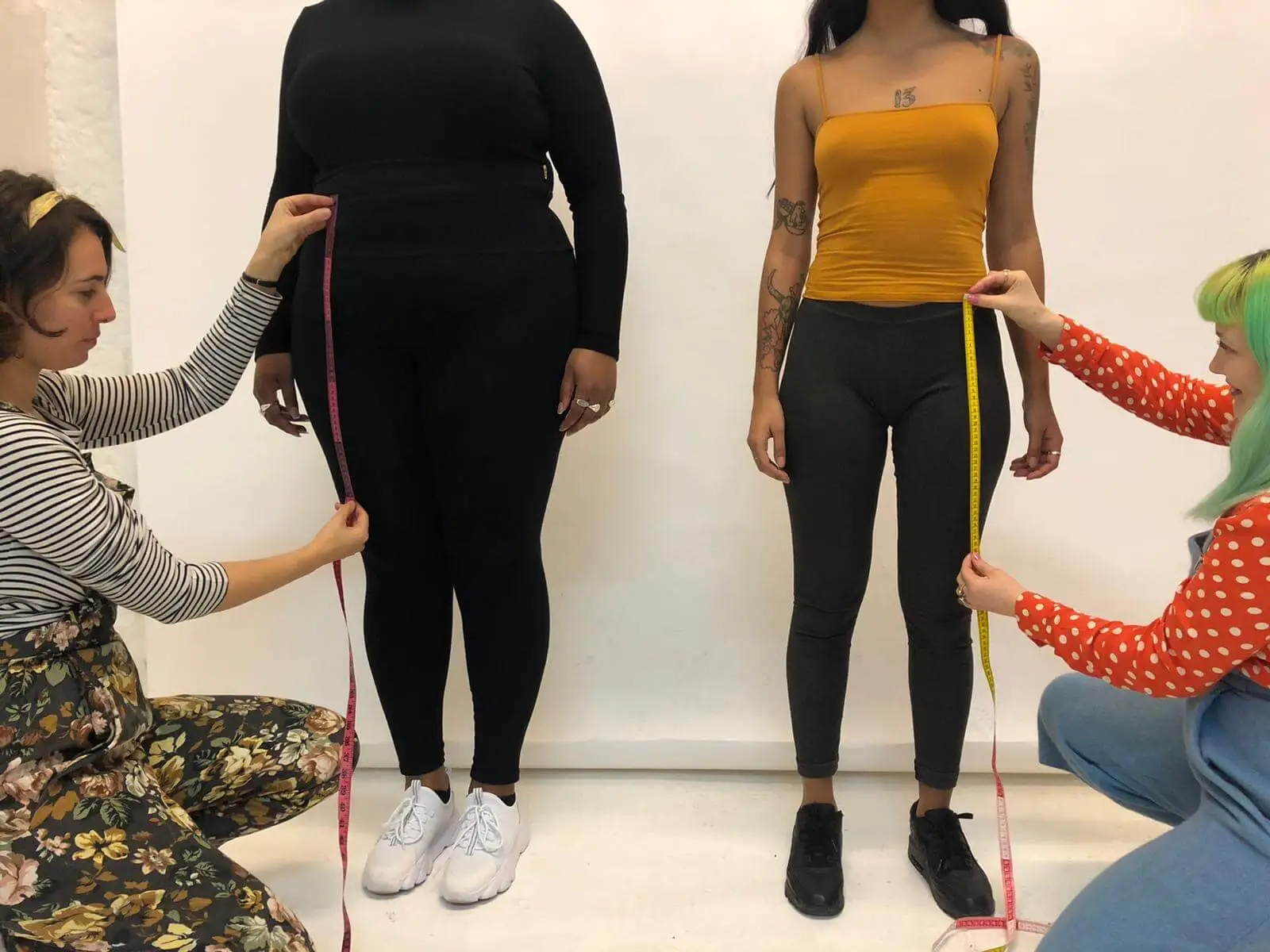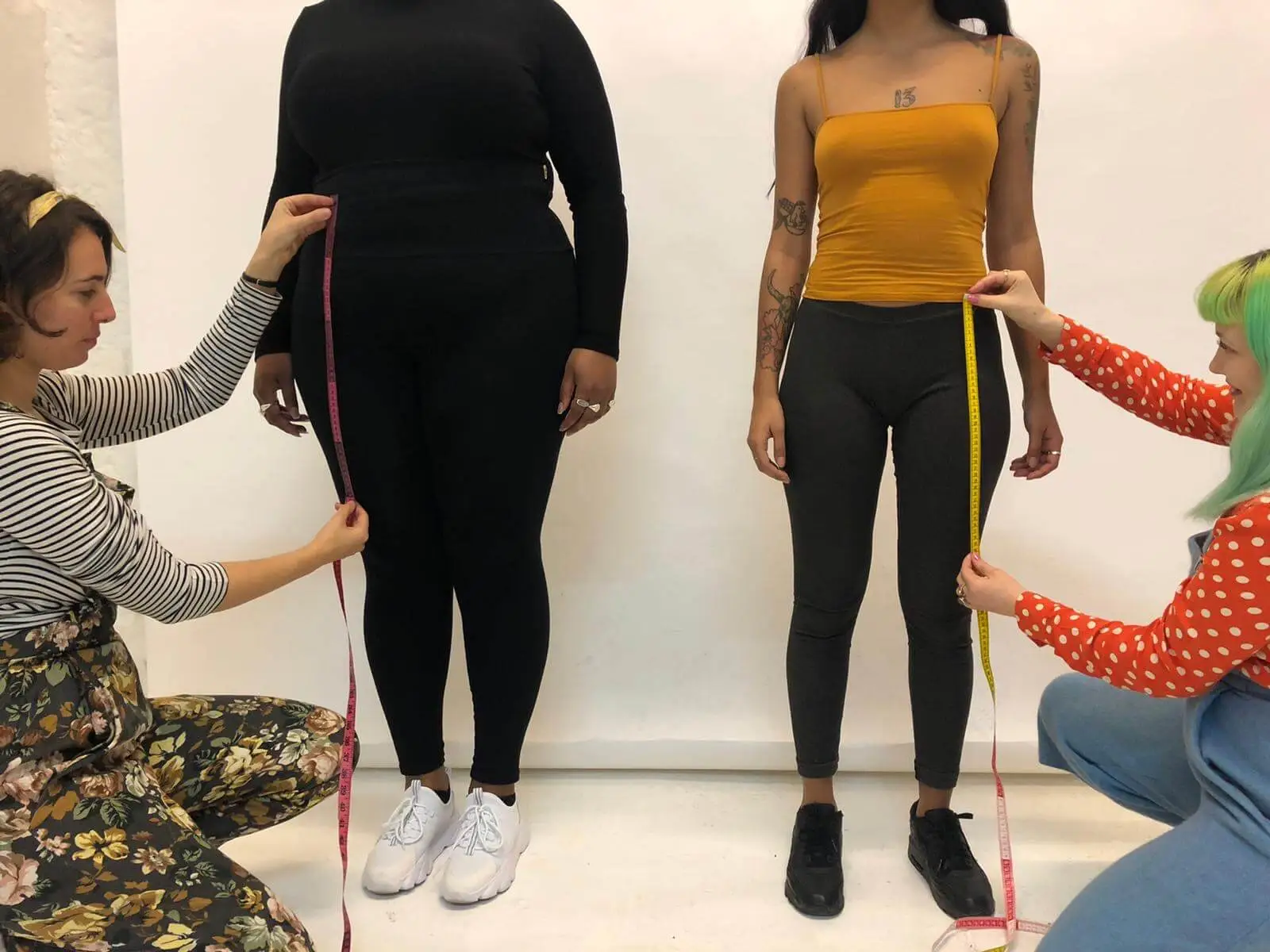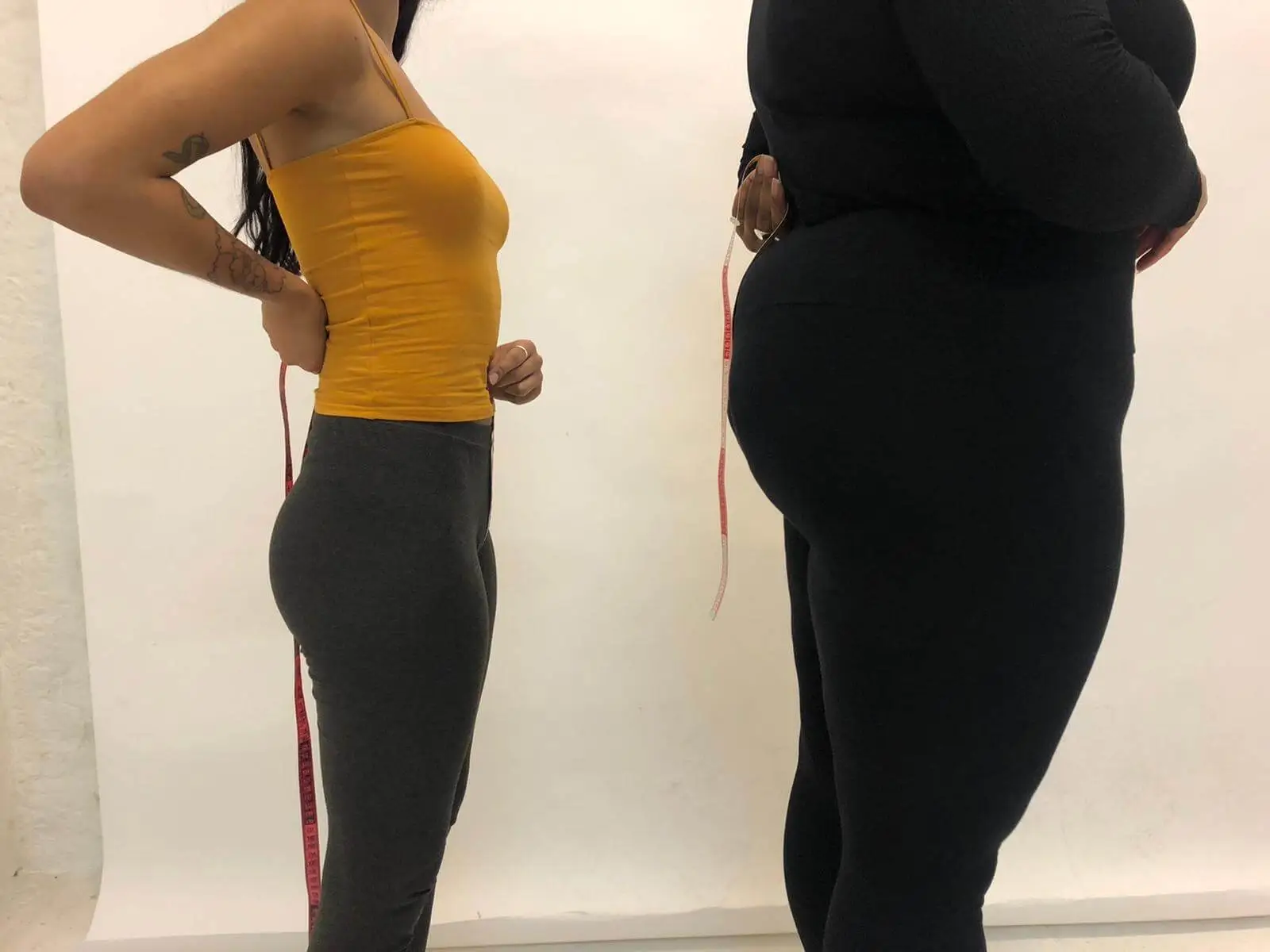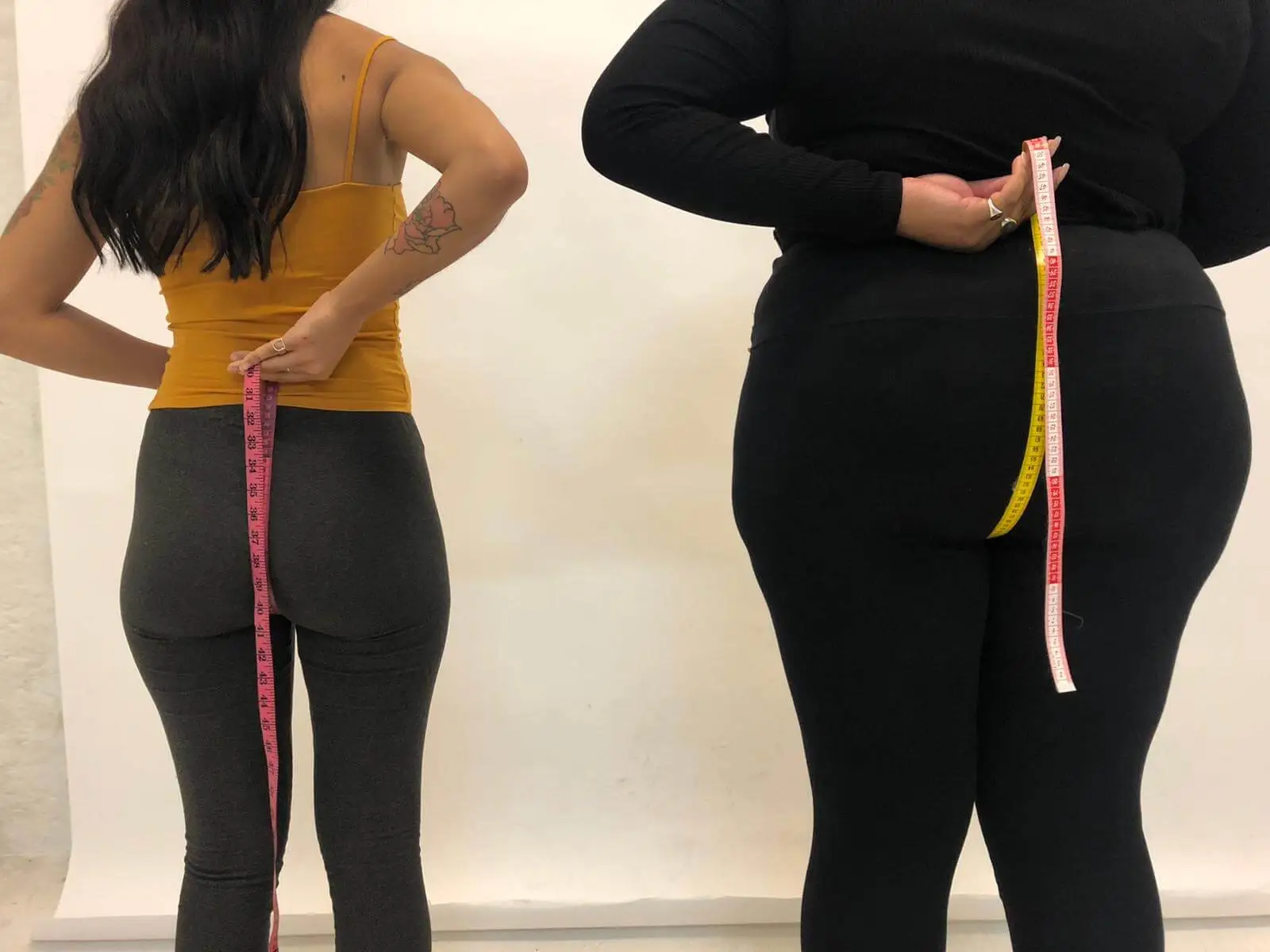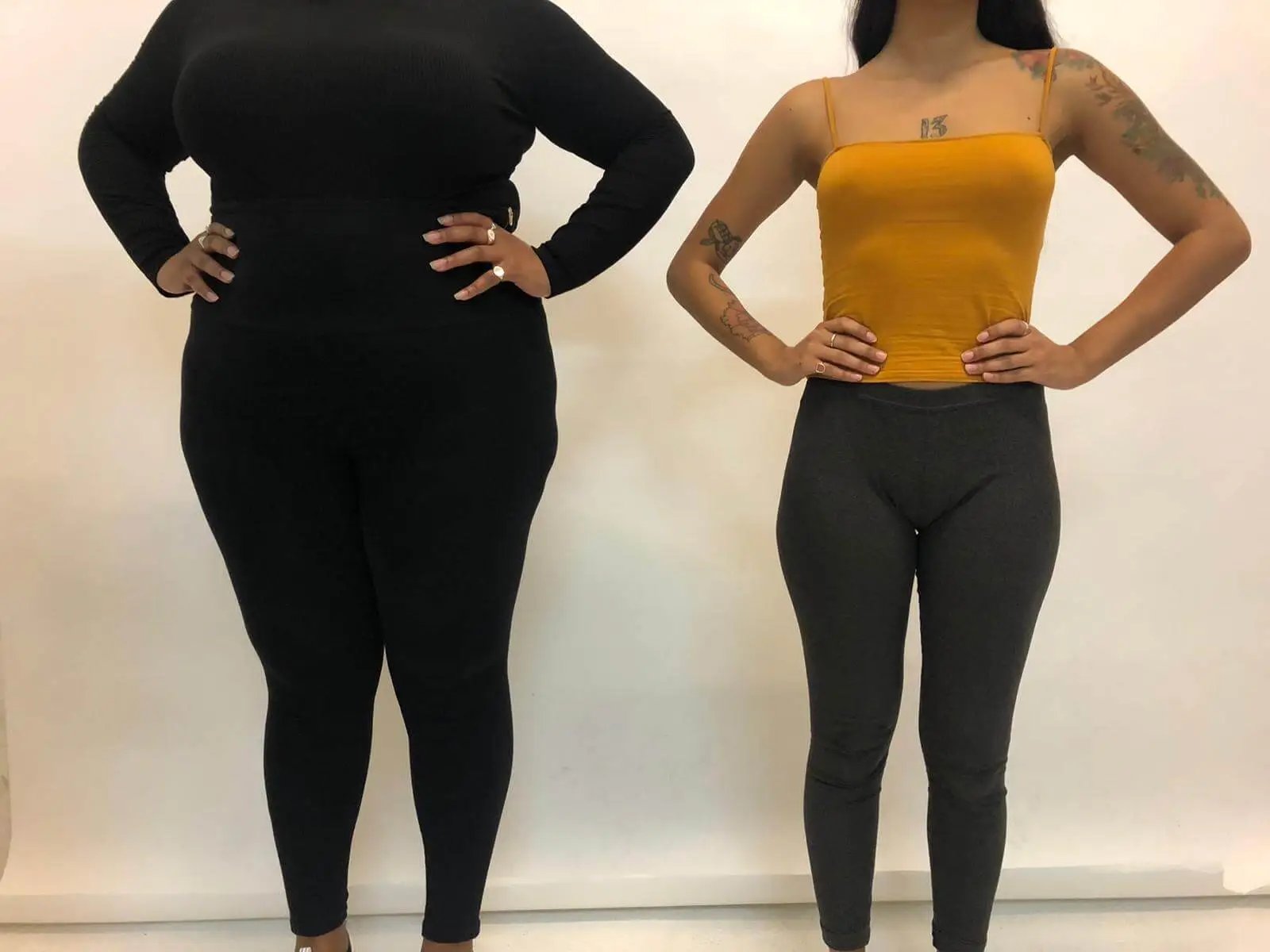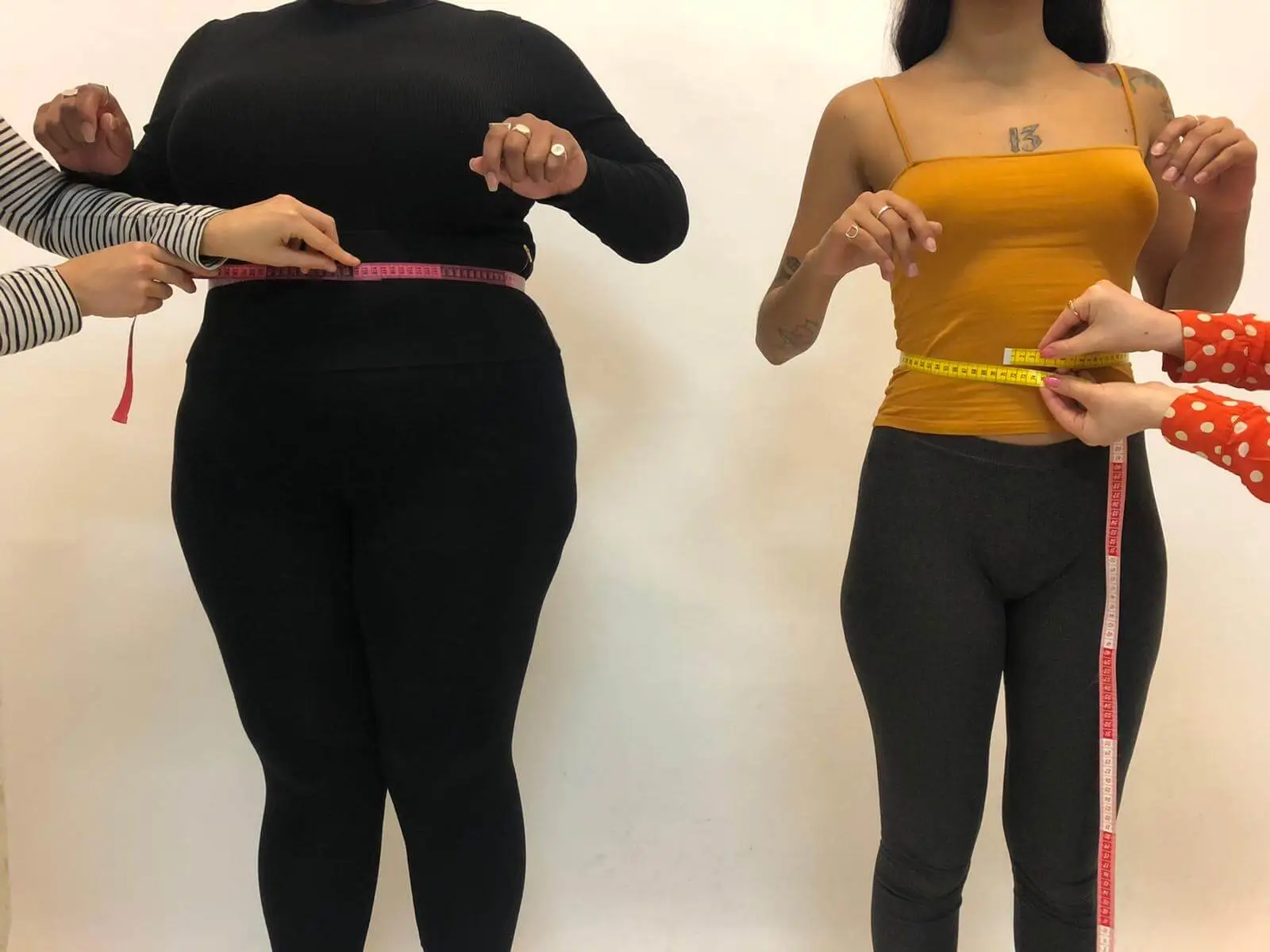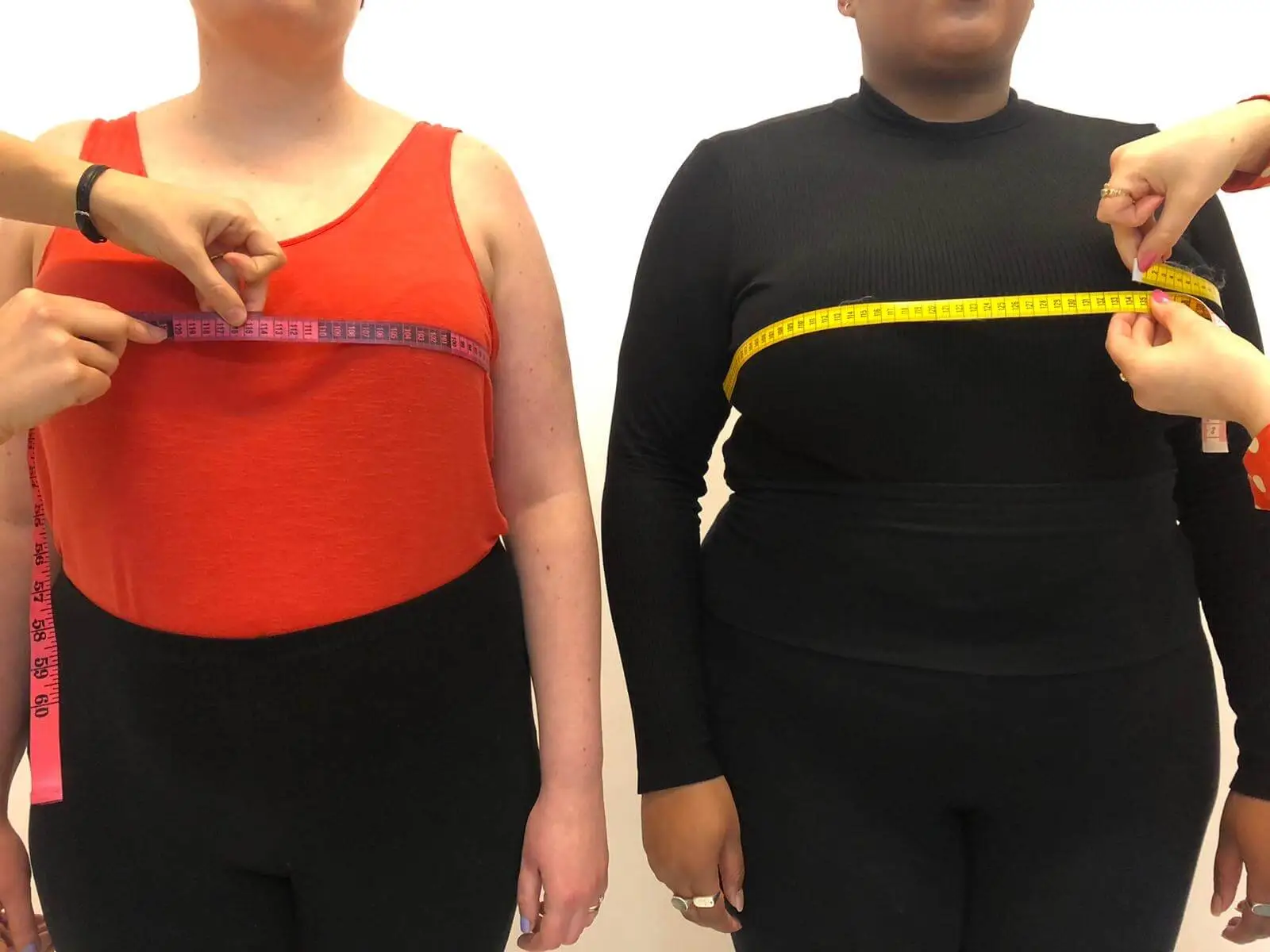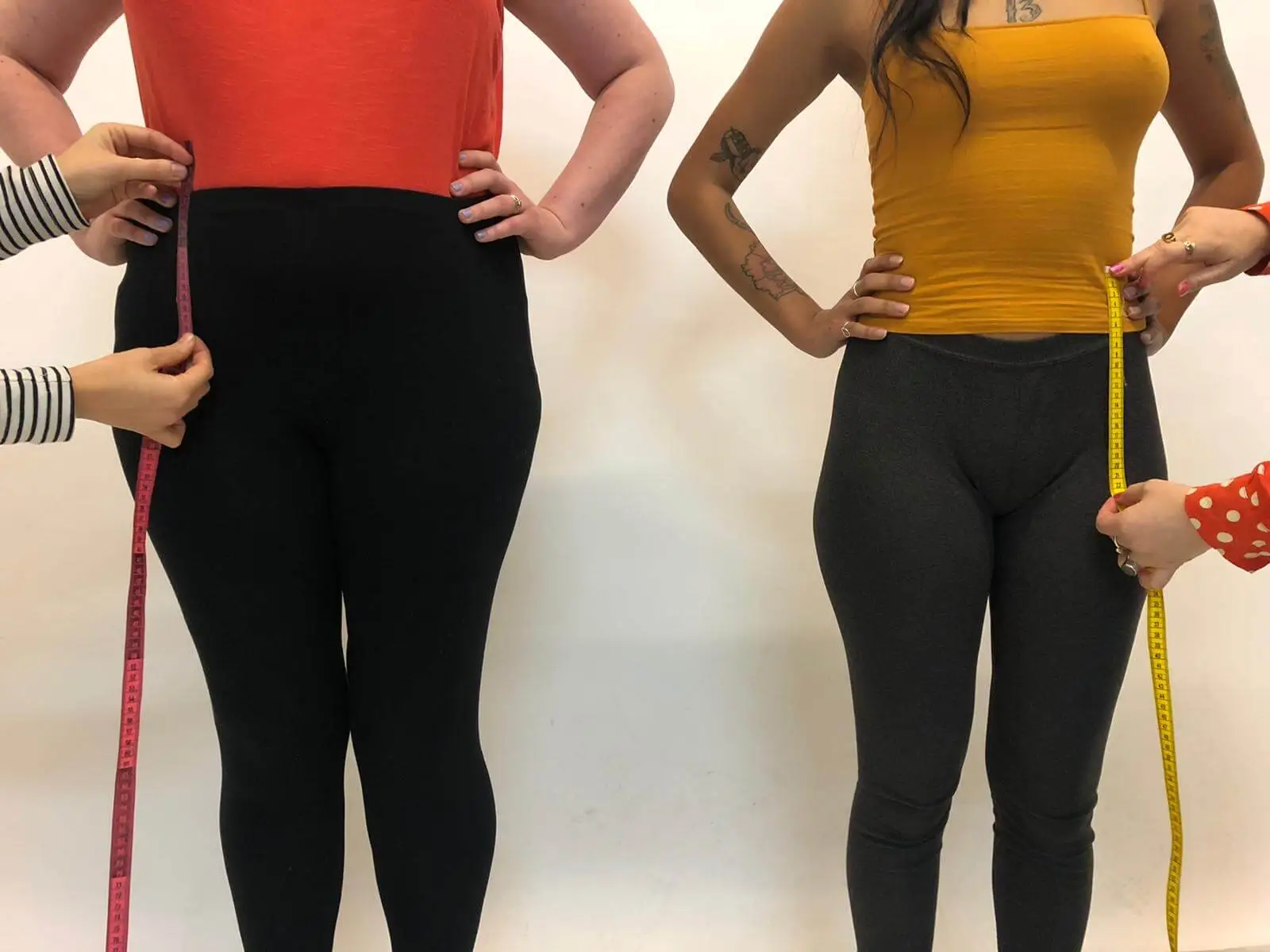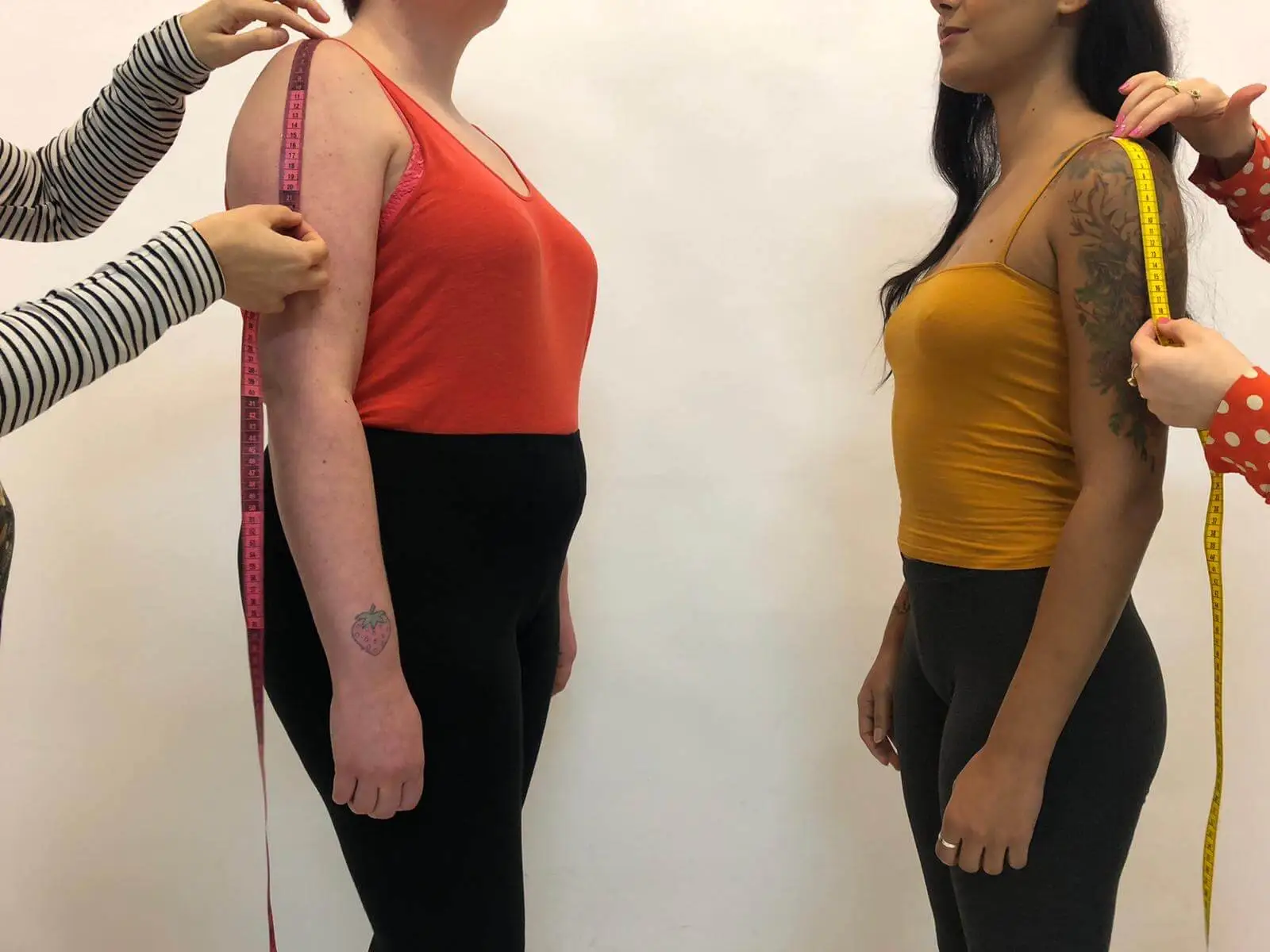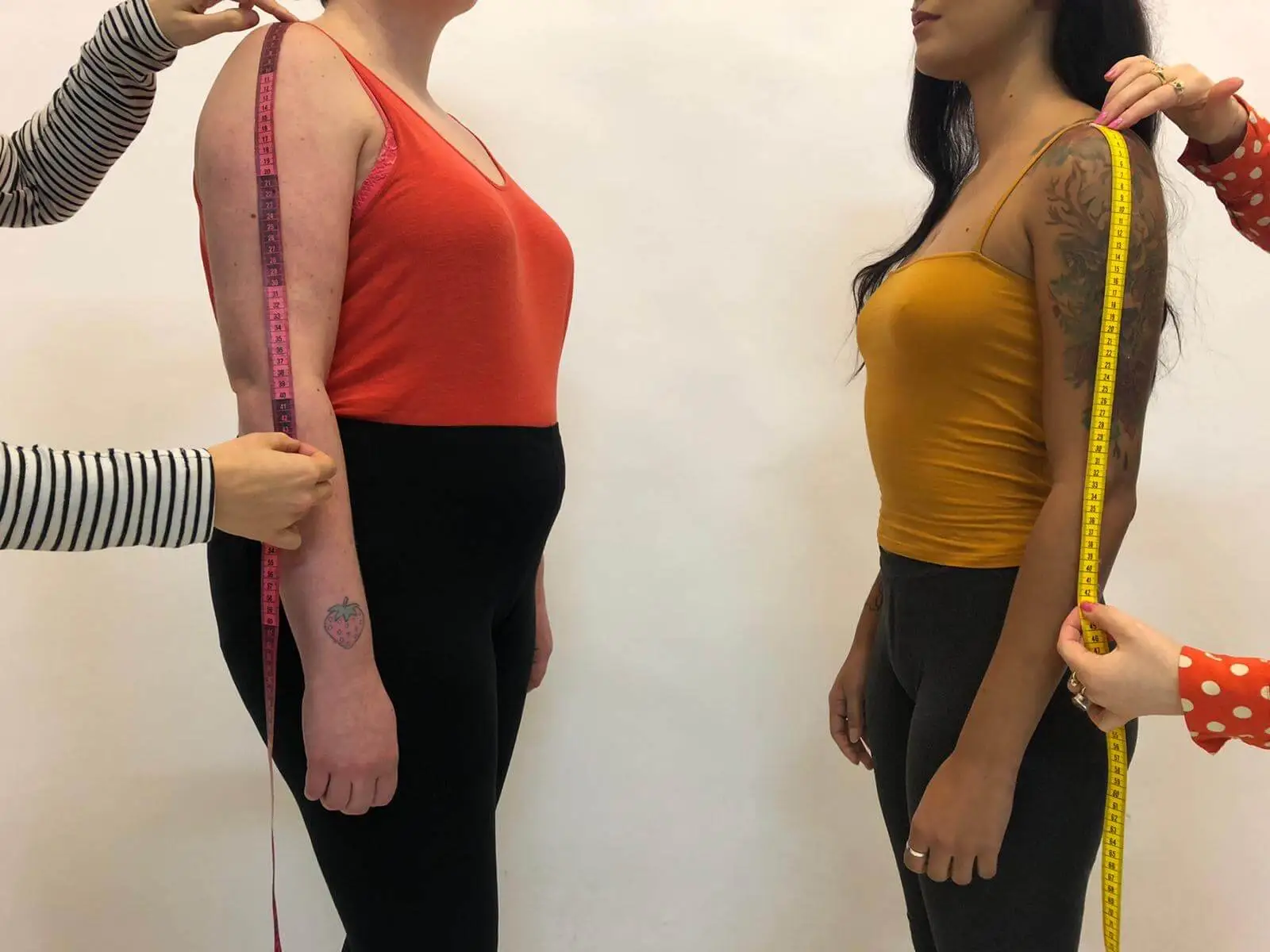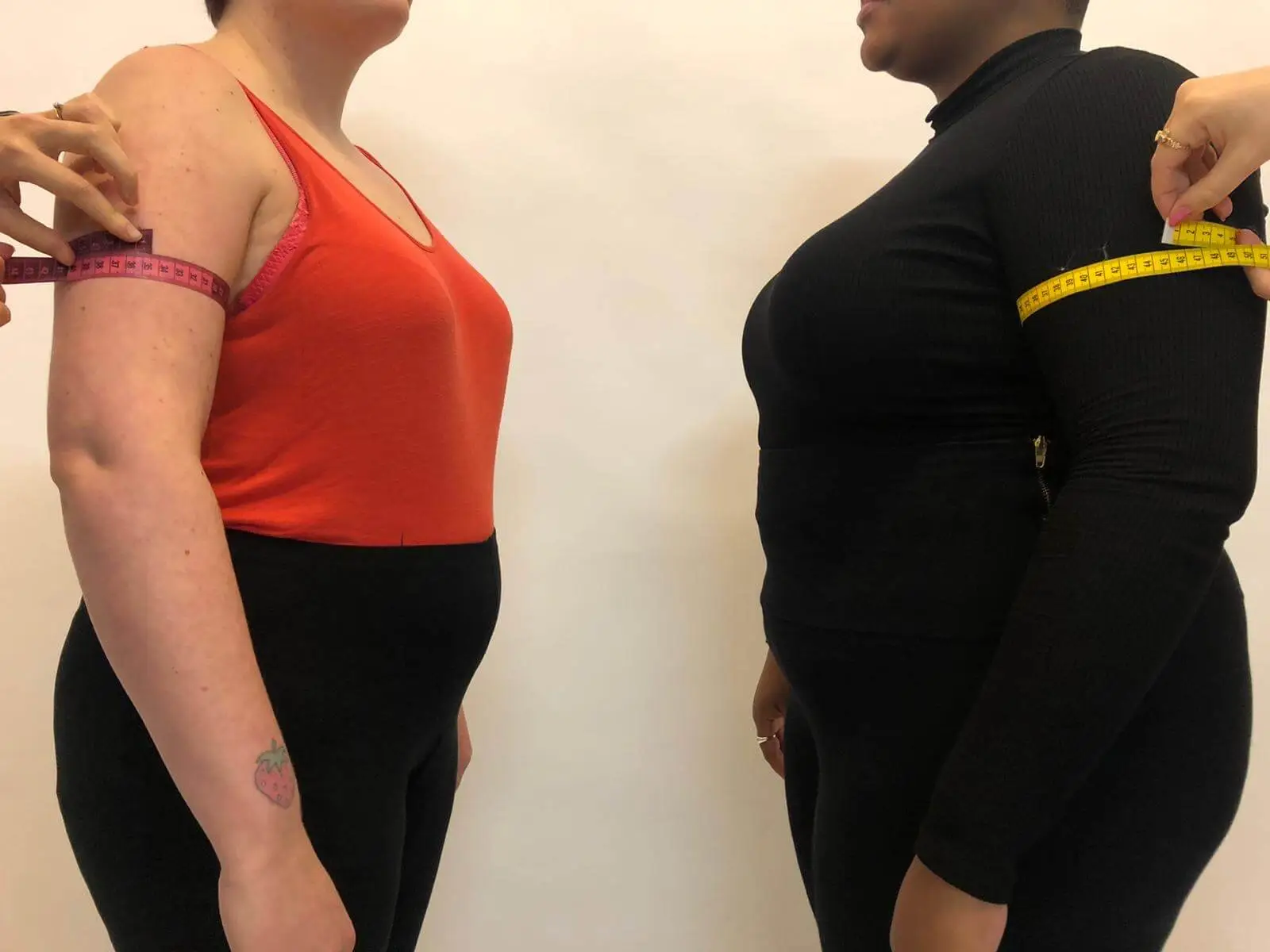The Intersection between Plus Size Fashion, Sustainability + Financial Accessibilities
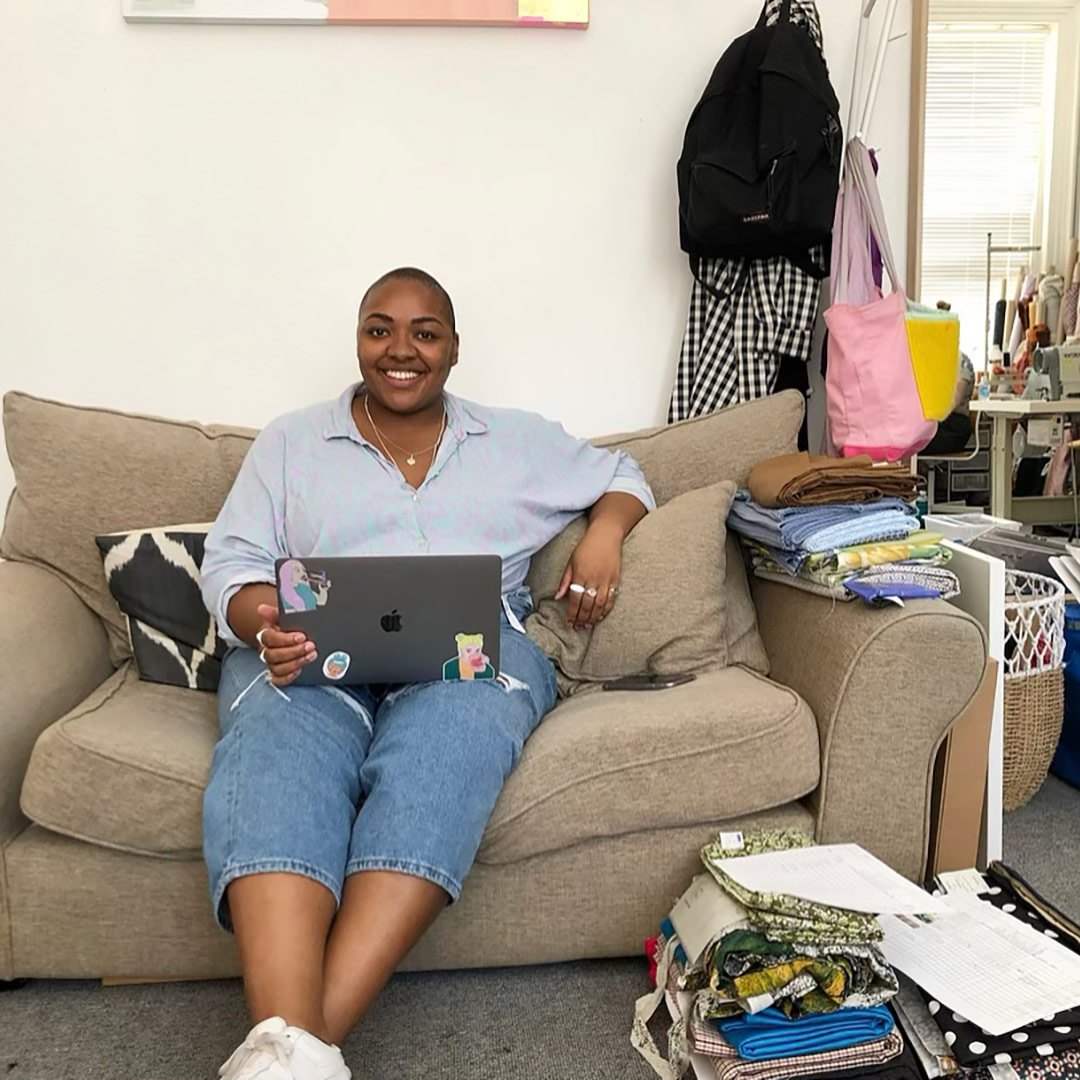
16
Jul
When I used to discuss fashion, it didn’t occur to me to think about sustainability or the working conditions in which clothes were made. For me as a plus sized woman, I would shop where I could find my size and where was affordable. As a working-class citizen, the idea of spending what I used to consider as a lot of money on one item of clothing was unheard of.
My relationship with fashion and clothing has evolved, especially since starting to model for The Emperor’s Old Clothes one and half years ago. I now truly understand how important it is to be educated on how our clothes are made and how they get to the high street. It is also imperative to understand how the people who make our clothes are treated, the conditions in which they work, how much they are paid (and if it’s to the living wage standard) and if the practices with which workers are treated is ethical.
I never realised there was a link between fashion and financial accessibility until I started modelling. Often on shoots I will be asked to bring my own items such as underwear, T-shirts and shoes. When there was a tight turn around on a shoot, I would go to places where I could get clothes quickly and easily and hope that they would carry my size. Due to the way in which the industry has been designed, the high street and fast fashion is often the only viable option consumers have especially if they don’t hold financial privilege. As a plus sized woman the clothing options for me are also limited: the options are minimal within fast fashion and the high street and when I look into sustainable plus sized fashion brands the list becomes even smaller.
I am not deterred from the small selection of sustainable and ethical plus size brands anymore as I am aware that there are avenues I can take in being sustainable. When I am looking to source items from new slow fashion brands I usually ask my followers on instagram if they know of any sustainable and ethical labels that I can follow, support and purchase from.
When it comes to sustainable fashion I’ve learnt it can all start with one piece, this is especially important when on a tight budget. For example a dress that costs a little more but lasts much longer than a ‘fast’ one. The materials will have been sourced responsibly and made by people who care about their garment workers and pay them a wage that they can live on. If enough people did this, then the industry would have to change just to compete.
I also shop second hand. The term second hand, can come with some negative connotations, but sharing good quality clothes instead of throwing them away could save money and take poor quality, cheap clothes out of circulation.. I find it challenging to find second hand items as plus sizes are seldom available. I navigate around this by doing clothes swaps with some of my family members that I am a similar size to. I have not done too much second hand online shopping but it is something I am going to be doing more of going forward.
Ultimately the fast industry only benefits the most wealthy and continues to thrive from cheap labour, has skewed the market for too long, and has left people with very little choice but to participate in it, so it is great to find ways to extend the life cycle of a garment.
There is no true ethical consumption under capitalism but there are things we can do to support a more sustainable industry:
– Buying one sustainable piece from my favourite small brands once a month or if I am unable to that month
– Advocating for change and use my platform by sharing resources I have researched via my instagram
– Donating to funds that support garment workers
– Signing petitions
– Researching and sourcing out the brands that I buy from to ensure they align with my ethics surrounding slow fashion
– I buy second-hand where I can, I do clothes swaps and I wear statement pieces from my mums 80s wardrobe
– I also make shopping decisions based on how I can stylize my purchase around the other pieces in my wardrobe.
I am still working on how to navigate modelling and the brands I choose to work with, aligning myself with ethics I can get behind and that aren’t harmful in how they make their garments is important to me. Finding the line between modelling for a brand because the pay is good and I like the clothing vs not getting any jobs because most brands are not ethical and sustainable in their production is an internal battle that I think about a lot.
I am learning to be more conscious of my shopping habits bearing in mind that as I continue on my journey in understanding about the processes in which clothing is made that I never place any blame on myself for the shopping habits I’ve had in the past. This was no fault of my own particularly due to the privileges I hold and the barriers I face in this industry.
Now that I am working as part of The Emperor’s Old Clothes team, I can see how sustainable fashion can become more financially accessible to those that feel they may not be able to afford it: for example Emperor’s now offer a 6-month monthly payment plan which allows monthly instalments for purchases.
The best way to keep progressing is to continue educating ourselves and each other on slow fashion and brand practices in production.
By Nyome, Marketing Assistant
What’s your Reaction?
1
